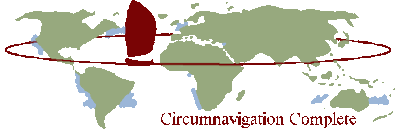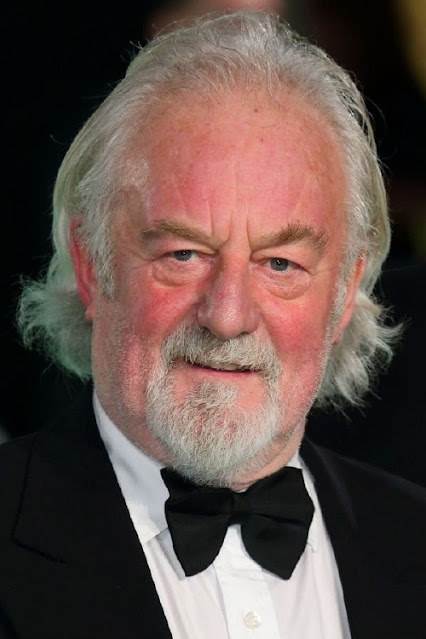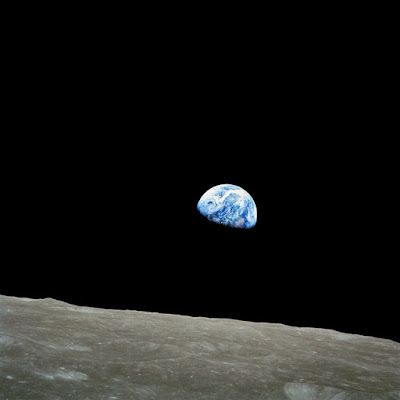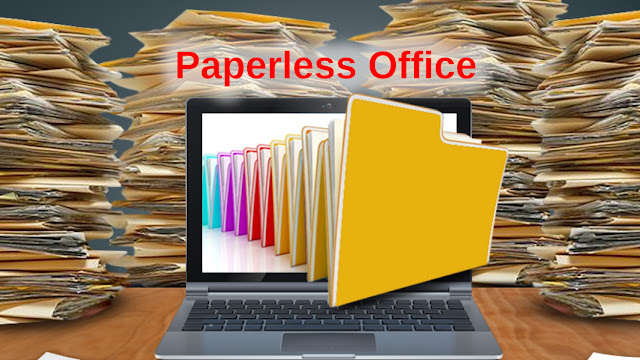By Gail Fulkerson
 Ophelia was ravenous. She hadn’t had a drop of blood in months, not since the encounter with an elderly vampire who mistook her for prey and started feeding. The oldster couldn’t be faulted, though; it was pitch-black due to the solar eclipse when Ophelia was attacked, and she had been amongst humans as they observed the celestial event. She was looking for a meal for herself when she was accosted. Thankfully, the attacker realized their mistake when the light started to return, and let off, but not before Ophelia’s bright white nightie was blood-stained at the collar and half-way down the front.
Ophelia was ravenous. She hadn’t had a drop of blood in months, not since the encounter with an elderly vampire who mistook her for prey and started feeding. The oldster couldn’t be faulted, though; it was pitch-black due to the solar eclipse when Ophelia was attacked, and she had been amongst humans as they observed the celestial event. She was looking for a meal for herself when she was accosted. Thankfully, the attacker realized their mistake when the light started to return, and let off, but not before Ophelia’s bright white nightie was blood-stained at the collar and half-way down the front.
The tear in her throat was a ragged gash, as though she’d been bitten by a newly-minted vampire, and she was losing blood fast. Luckily for her, the elderly attacker staunched the wound with strips of cloth torn from his long shirt-tail — the rags smelled of sour earth — before she fatally bled out, and wrapped a scarf around Ophelia’s neck, tying it into a neat bow just under her chin. The attacker apologized profusely as he backed away from the diminutive vampire, before morphing into a bat and flying away.
Ophelia made her way home, slowly, due to blood loss and pain, and collapsed into her quilt- and afghan-lined coffin. She would need to rest up before going out to hunt, to feed herself and to refill the empty shelves in the basement.
‘What a time to be incapacitated’, she thought. It couldn’t be helped, though, and she’d deal with it tomorrow, after she’d had a good days’ sleep.
As the sun set the following day, Ophelia awoke and reached up to feel her sore neck. The pain was almost gone, thankfully, and her vampiric body had mostly healed her torn skin as she slumbered. After decades of gashes and slashes, Ophelia’s body was adept at knitting new skin to heal over the rips and tears.
She was in a foul mood as she left the house; no vampire coffee to start her night. ‘No matter’, she told herself, ‘I’ll have a cuppa when I get home from my hunting trip,’ as she traipsed down the front steps.
It wasn’t long before Ophelia found her first target, a woman out walking her dog in the cool of the evening. She passed the pair, gave a friendly greeting, and continued on. Turning around, Ophelia launched herself at the woman and sank her fangs deep into her neck. The woman let out a small, squealing sound as she thudded to the sidewalk under Ophelia’s weight. The dog freaked out and tried to bite Ophelia to get her off his owner, but Ophelia was too fast, and landed a kick to the dog’s ribs, incapacitating it long enough for her to finish her drink. She didn’t like to harm animals, unless she was making a meal of it or the animal was interfering in her repast.
Dropping the woman’s corpse on the sidewalk, Ophelia turned herself into a bat and flew off, searching for her next victim. The body would be found by children on their way to school later that morning.
**********
Her next victim was a young man who prided himself on his physique. Going to the gym every day to maintain the ‘perfect man bod’ was a lot of work, but necessary to the maintenance of his optimal physical condition. Ophelia found him as he left the building, freshly showered and smelling of a mixture of Ivory brand soap and a well-known men’s cologne. The co-mingled scent was almost enough to make Ophelia vomit; she inhaled a few deep breaths of fresh air and continued to stalk the young man as he made his way to the parking lot. He was about to unlock and open the driver’s side car door when the young vampire leapt on him, knocking him to the ground. Ophelia tore open his throat and drank lustily, enjoying every mouthful of her meal. The young man’s blood tasted of salted meat cooked rare, and copper. He tried to put up a fight, but Ophelia was much too strong. The man died on the cold pavement beside his car, keys in hand. Ophelia quickly filled some blood bags and left the carnal scene. The body wouldn’t be discovered until the next morning, by a custodian on his way to work.
**********
It took about four months of diligent hunting for Ophelia to replenish the empty shelves in her basement, taking two victims a night, and sometimes three, if she were feeling particularly energetic and the prey wasn’t too lively. This time around, Ophelia labelled the jars with loads of additional information, such as the date of the reaping, the sex of the victim, their approximate age, how long it took to bring them down, the method used to subdue them, which, if any, medications the victim was on, and how many bags of blood she reaped. She could tell blood type by a cursory sip so she would write that info on the label as well. (Her previous collections were all unlabelled, except for the reaping date). She also wrote the new information in a black leather-bound journal which she kept in her coffin under the myriad quilts and blankets. The ink was from a jar of rancid blood that Ophelia had set aside for that purpose. Her ‘ink’ supply was getting low, so she pulled a jar from the new ones and set it aside to ferment.
**********
It was a costly mistake Ophelia made on the last night she went out hunting. She was watching a group of kids playing a game of tag as the streets darkened and the streetlights came on. She could hear mothers calling their children home; all but one child responded. That child’s mother was dead and his dad worked the night shift at the gym, as a security guard. No one would be home when he left the playground, so little Ralph took his time, meandering down the sidewalks towards his house. Ophelia was in the trees lining the street, keeping her eyes on this little prize. She was about to drop on top of the little boy, when her concentration was broken by a bright light aimed right at her. She hissed her displeasure and attempted to climb higher to get away from the light, but it followed her every move.
Something small and metallic zinged past her head as she climbed. A second projectile flew past her shoulder; a third one hit her in the leg, barely missing the bone. Black blood ran down her calf from the wound as she scampered from branch to branch, trying to outrun the light, but to no avail. Her attempt to fly away as a bat was also thwarted by a large net thrown over the tree tops. Folding her wings around her body, Ophelia fell to the ground and lay motionless. Someone nudged her with the toe of a boot, but she remained still, biding her time until she could rise up and flee the scene. It wasn’t to be, however, because a caring person had reached down and scooped up the ‘dead’ bat and put it in her coat pocket to keep it warm until she could get home and take better care of it.
Ophelia didn’t mind being in the pocket; it was dark and cozy. It would do until the woman got home and pulled out bat-Ophelia. When she did, Ophelia quickly turned back into a little vampire and tore into the woman’s throat for her troubles. Finally sated, Ophelia bottled the woman’s remaining blood and placed it with the others on the shelves in the basement.
Young Ralph was one lucky little boy that night…
-- Gail Fulkerson is a writer who specializes in writings of the supernatural. She
lives with her family in Saskatchewan, where she is working on another
story. This is a series about Ophelia Banks. Stay tuned to 'OZ' for future stories.
























